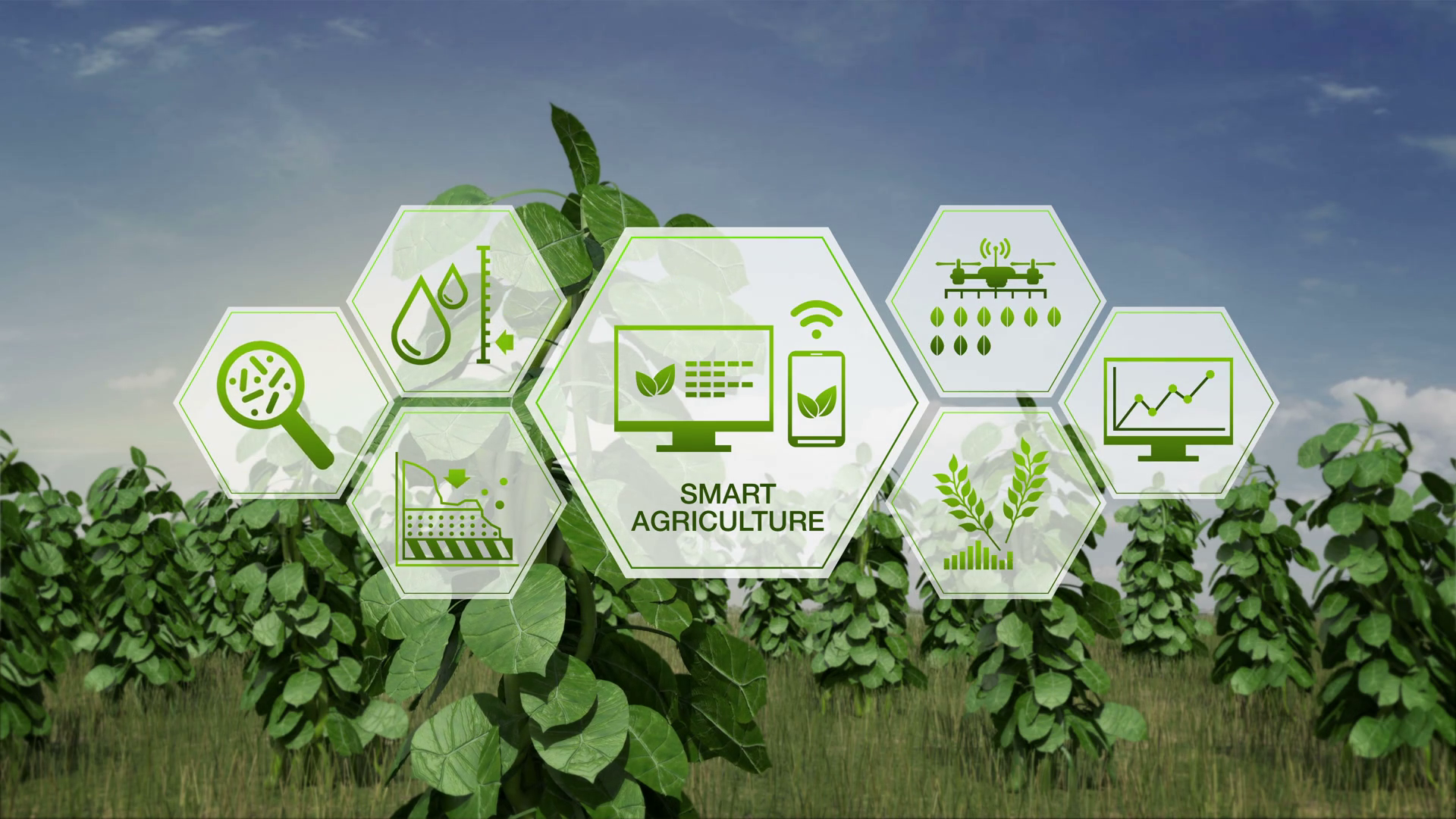Smart Agriculture Solution Market Forecast: Growth Projections and Future Outlook for Precision Farming Technologies

The smart agriculture solution market is undergoing rapid transformation, driven by technological innovation, environmental challenges, and the global demand for sustainable food production. With precision farming tools and digital systems becoming integral to modern agriculture, the market is projected to experience steady growth over the next decade. From automated equipment to data analytics and AI, the future of agriculture is digital—and this shift is reflected in strong market forecasts across all regions.
Market Size and Growth Forecast
According to recent industry reports, the global smart agriculture market was valued at approximately USD 15–18 billion in 2024 and is expected to surpass USD 35–40 billion by 2030, growing at a compound annual growth rate (CAGR) of 10–12%.
Several segments within the market are witnessing faster growth than others:
-
Precision farming tools (drones, GPS systems, sensors)
-
Smart irrigation systems
-
Farm management software and platforms
-
Livestock monitoring and automation technologies
This growth is being fueled by increasing global food demand, limited arable land, rising labor shortages, and the pressure to adopt sustainable farming practices.
Key Growth Drivers in the Forecast Period
1. Technological Advancements
Smart agriculture is being revolutionized by technologies like IoT, AI, robotics, and satellite-based imaging. These tools enable farmers to collect and analyze real-time data for better decision-making. During the forecast period, the affordability and accessibility of such technologies will continue to improve, accelerating adoption across farms of all sizes.
2. Government Initiatives and Support
Governments worldwide are actively supporting digital transformation in agriculture. Initiatives such as smart village programs, rural connectivity projects, and digital agriculture subsidies are driving adoption. These policies play a vital role, especially in developing countries where cost is a significant barrier to entry.
3. Climate Change and Resource Management
The need for climate-resilient farming methods is increasing. Smart solutions that offer predictive analytics for weather, soil, and crop management help farmers adapt to changing climates. During the forecast period, environmental sustainability will become a key market growth factor.
4. Increasing Agribusiness Investments
Agri-tech startups and major agricultural companies are investing heavily in research and development. Venture capital funding in agri-tech is on the rise, focusing on automation, machine learning, and sustainable agriculture tools. This investment trend will support innovation and scalability in the smart agriculture sector.
Regional Market Forecast
North America
North America is expected to retain its dominance in the global market, supported by advanced infrastructure, early adoption of technology, and strong R&D investment. The U.S. and Canada are focusing on AI and robotics-based solutions to address labor shortages and optimize large-scale farms.
Europe
Europe follows closely, driven by its aggressive sustainability goals, government policies under the EU’s Common Agricultural Policy (CAP), and strong focus on organic and regenerative farming. Countries like Germany, France, and the Netherlands are leading in smart greenhouse and automation technologies.
Asia-Pacific
The Asia-Pacific region is poised for the fastest growth, with countries like China, India, and Japan investing in smart agriculture to enhance food security and rural development. Government-backed programs, growing awareness, and a vast agricultural workforce transitioning to digital tools are contributing to regional market expansion.
Latin America and Africa
While adoption is still emerging, these regions are projected to witness moderate growth due to rising interest in export-oriented agriculture and technology partnerships. Key markets like Brazil, South Africa, and Kenya are investing in irrigation and mobile farm management platforms to support smallholder farmers.
Market Challenges to Consider
Despite positive forecasts, the market also faces challenges:
-
High initial costs of smart tools
-
Limited internet connectivity in rural areas
-
Lack of digital literacy among farmers
-
Data privacy and ownership concerns
Addressing these obstacles will be crucial for achieving the forecasted market potential. Many governments and private companies are working together to bridge these gaps through training programs, public-private partnerships, and infrastructure development.
Emerging Opportunities and Innovations
Looking ahead, the market will see increased integration between technologies such as:
-
AI + Satellite Imaging for precise crop monitoring
-
Blockchain + IoT for traceable and transparent food supply chains
-
Drone Technology + Data Analytics for aerial crop diagnostics
-
Robotics + Machine Vision for automated harvesting and sorting
These combinations will lead to smarter, faster, and more reliable farm operations, making agriculture more resilient and productive.
Conclusion
The smart agriculture solution market is on a strong upward trajectory, with substantial growth forecasted across multiple regions and technology segments. As global food systems face pressure from climate change, labor shortages, and sustainability demands, smart agriculture presents a viable path forward.
With support from governments, tech innovators, and investment firms, the market is expected to flourish—making digital farming not just the future of agriculture, but the foundation of global food security.
- Art
- Causes
- Crafts
- Dance
- Drinks
- Film
- Fitness
- Food
- Games
- Gardening
- Health
- Home
- Literature
- Music
- Networking
- Other
- Party
- Religion
- Shopping
- Sports
- Theater
- Wellness


